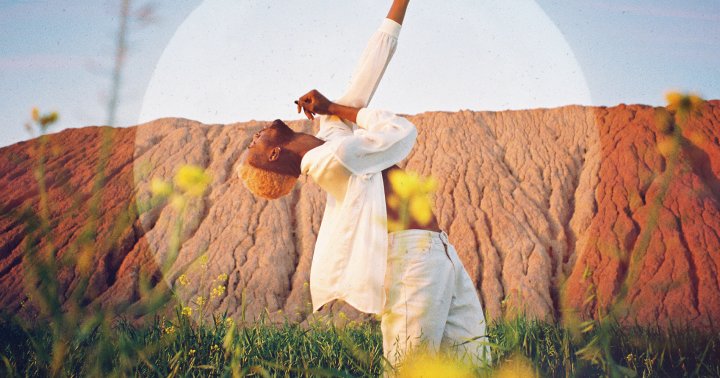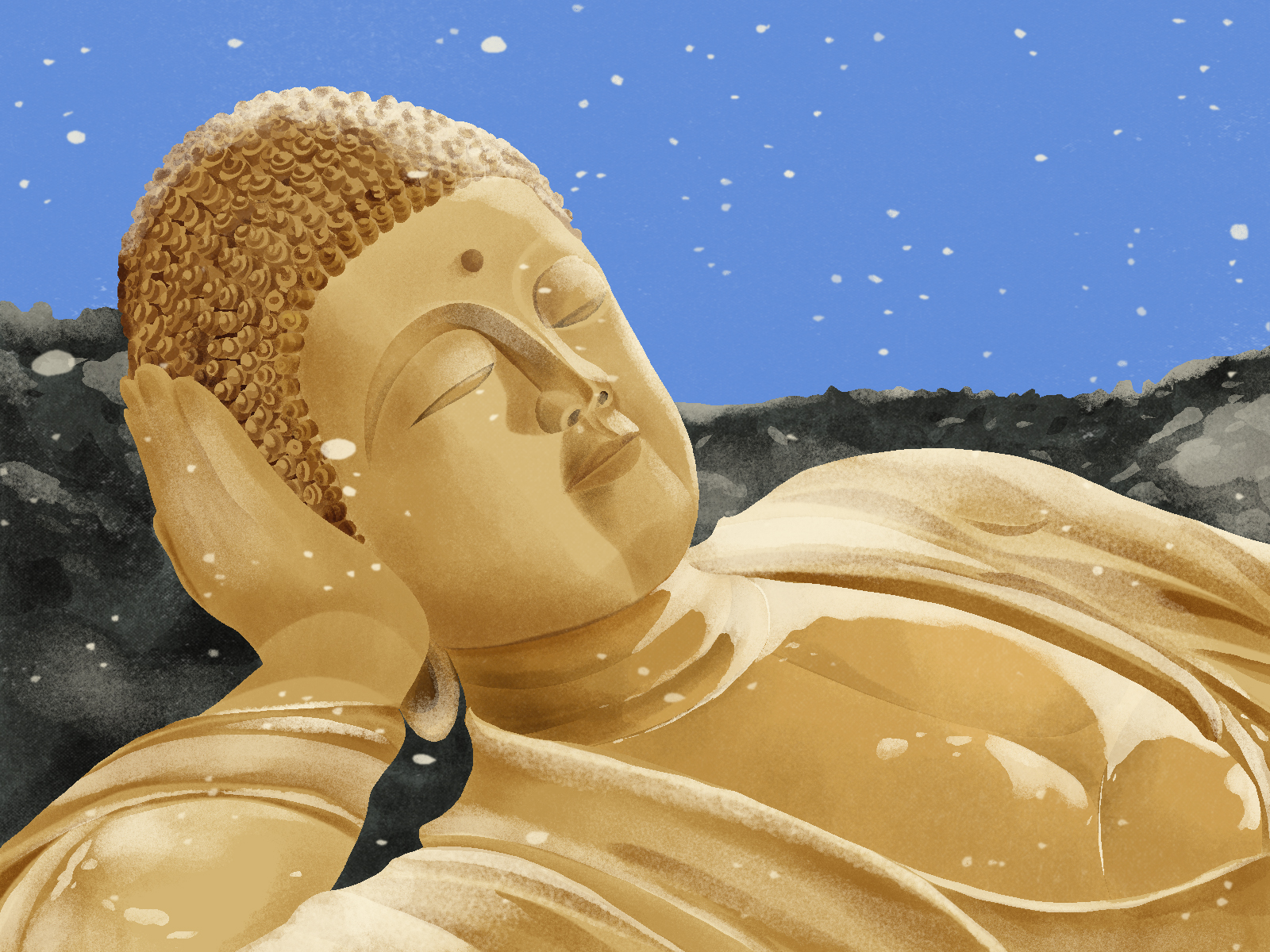Is Kundalini Yoga Dangerous? What is Kundalini, and How it Differs from Other Yoga
The post Is Kundalini Yoga Dangerous? What is Kundalini, and How it Differs from Other Yoga appeared first on The Yoga Nomads.
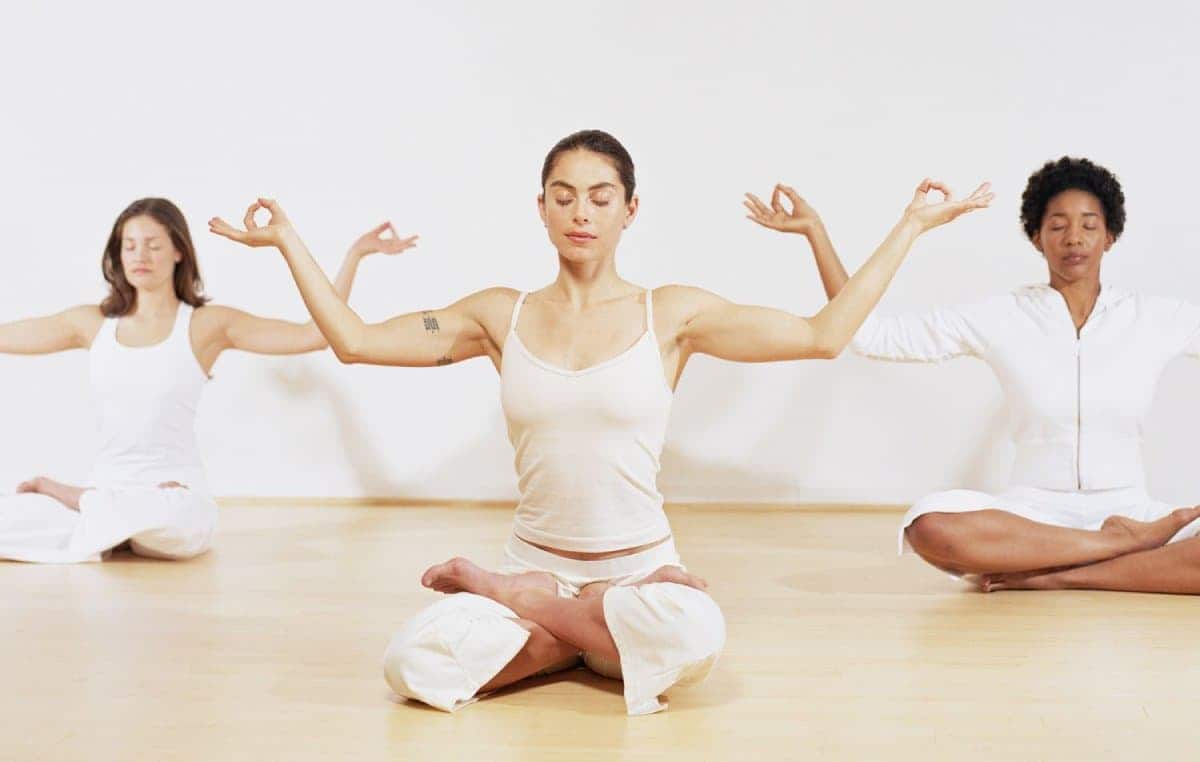
Is Kundalini yoga dangerous? This is the burning question of today’s article.
Since Kundalini yoga is a very deep and complex branch of yoga, there is no easy and single answer like ‘yes’ or ‘no’, and this is why, in today’s article, we’ll dive into the depths of Kundalini yoga, and let you see for yourselves whether it’s dangerous, or not, or simply a complex subject.
To try and answer your question with a simplified word, the answer is “no, it’s not dangerous”. However, you really need to know more about Kundalini yoga to decide whether it’s dangerous and whether you should dive into it on your own.

What is Kundalini Yoga?
Kundalini yoga is a spiritual branch of yoga. This yoga is unlike Hatha yoga or Vinyasa yoga which focuses on the physical body, for Kundalini yoga focuses on the spiritual practice.
This type of yoga involves (severe) breathing exercises, mantra chanting, singing and repetitive poses, all for the purpose of activating Shakti, better known in the West as Kundalini.
Shakti (sanskrit term) or Kundalini energy is said to be located at the base of your spine (Muladhara – sanskrit term), where it sleeps coiled. And in order to awaken it, people practice Kundalini yoga and undergo rigorous and strict yoga practices that are not suitable for everyone, nor does everyone have the discipline and endurance to go through with it all until their Shakti is awakened and climbing up to the Crown chakra.
Kundalini yoga involves energy centers better known as chakras; there are 7 basic chakras: Root chakra (where the Kundalini energy dwells), Sacral chakra, Solar Plexus chakra, Heart chakra, Throat chakra, Third Eye chakra, Crown chakra.
Working with chakras is quite important, as they need to be balanced in order for Shakti to easily go through them once the Kundalini energy is awakened. This is why breathwork (pranayama) and meditation are so crucial and an integral part of Kundalini energy awakening.

An average Kundalini yoga session consists of an opening chant that serves the purpose of “tuning in” both your mind and your body. Then comes the warmup or pranayama session where through the use of breath the initiates warm up their body and bloodstream.
After that comes kriya yoga – a sequence of postures, mudras and sounds that prepare the body and the mind for ultimate ascension through diligent repetition.
After that comes relaxation in the form of meditation and cultivating awareness and all of the changes that have taken place within your body. At last, comes the closing chant that serves as a completion of a spiritual circle.

Based just on this short description, Kundalini yoga can be practiced at home, however, having expert guidance and the right guru can make all the difference with your kundalini awakening and kundalini practice. Having a qualified and experienced teacher leads to a safer spiritual awakening, as well as inner peace, great mental health and the release of negative emotions.
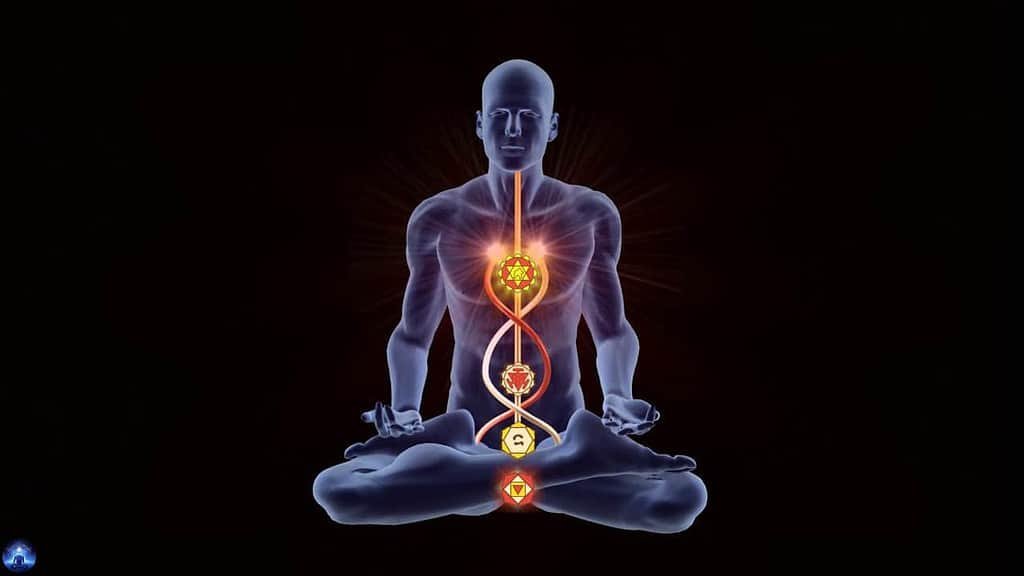
Kundalini Meditation

Kundalini meditation practice is an essential part of practicing kundalini yoga, as it prepares your consciousness and your chakras for evolution and ultimately for spiritual awakening. Kundalini meditation is the practice of moving your consciousness through your chakras and getting to know them all, one by one, intimately.
Kundalini meditation is an important tool for working with your energy centers and getting in touch with your divine energy. Kundalini yoga also makes you aware of your life energy, mental and emotional imbalances, personal energy and how to attain enlightenment.
Unlike other yoga practices that focus on physical activity and well-being, Kundalini yoga tackles mental health issues and nervous system issues. By tackling these deeper levels of being, you start walking on your spiritual path, and you start getting familiar with a power source that lies as dormant energy within your base of the spine.
The purpose of Kundalini yoga is to get affiliated with the supreme god through the ascension of your own body, and to become your own true master teacher. This ancient practice can develop and hone your spiritual connection, as well as the higher power that all of us have within ourselves.
However, for beginners, it’s advised to have proper guidance in the form of a spiritual teacher who has both the knowledge of oral tradition, as well as practical Kundalini yoga expertise. Avoiding the dangers of kundalini yoga is not easy for a beginner who is on his own, and an unprepared body can sustain injuries.
This is true for any form of yoga, however, Kundalini yoga has an additional aspect that might be the cause for concern – mental, or spiritual. People can undergo a paradigm shift, as well as trigger the dark night of the soul if they dive into kundalini yoga without preparation and proper guidance.
The Western world has a nasty habit of approaching spiritual experience and practices willy-nilly and then blaming the consequences on Eastern philosophies and gurus.
The vast majority stays oblivious to the dangers of Kundalini yoga, or any other form of yoga, or even physical exercise, in this modern day of technological and app advances.
Kundalini Energy
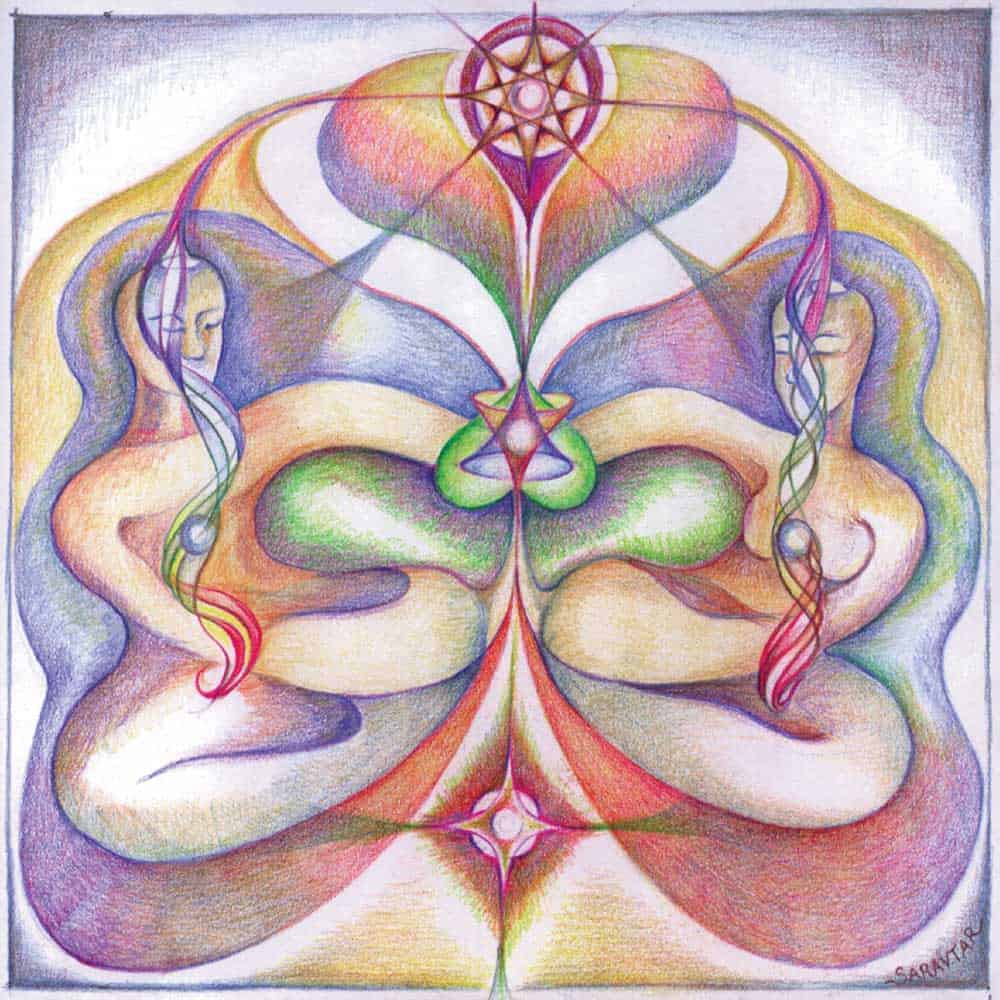
Kundalini energy might get an infamous reputation in the western world for the effects it also has on sexual arousal. Sexuality is an essential part of kundalini yoga and is naturally an intense experience that leads to reduced stress, an increase in stamina, libido and overall happiness in everyday life.
Sexuality is a powerful force that is just one of the ways through which a person can reach enlightenment. There are specific techniques that fall under one umbrella term – Tantra (sanskrit word). Tantra is, like kriya yoga, an essential part of kundalini yoga, and as such covers the sexual part of kundalini practices and meditation.
Tantra makes heavy use of breath work and intimacy formed through gazing into each other’s eyes, but the most basic form of tantra is practiced within oneself. Aside from kundalini yoga, Tantra is the most powerful and straightforward way toward spiritual awakening.

Kundalini Dangers
Yogi Bhajan was a yoga guru who introduced his version of Kundalini yoga to the US, and through this example, people might assume that kundalini yoga is dangerous. Yogi Bhajan is just one in the sea of examples of why initiates should carefully choose their spiritual leaders and gurus, and why thorough research on the guru should be done before one dives into any form of yoga.
Yoga practice in itself is not a dangerous proposition, however, in order to be able to wield the powerful energy, and energy rises, one does need to be fully prepared and both mentally and spiritually awakened in order to avoid any form of injury or damage.
Kundalini awakening is a deeply personal experience, but at its core, it stays the same; deep breaths, yoga techniques, kundalini meditations, reducing stress, and in the end spiritual awakening.
Through kundalini practices, we strive to awaken the energy that lies dormant within our Muldahara, and we work with our Shakti energy that can lead us to divine truth and godhood in corporeal form.
There is nothing inherently dangerous in Kundalini yoga, except other people who can act as predators. Some people say that practicing kundalini can lead to mental diturbia, and even insanity.
Symptoms of the Third eye chakra awakening can seem like mental issues to the uninitiated eye, however, in life one of the first lessons we need to accept and integrate is that the human experience is different for everyone. Not one human experience is the same as the other.
Practiced kundalini yoga can be a life-changing event that leads to the fact that kundalini awakens and life energy suddenly blossoms even more than it was blooming in childhood. Energy centers light up like a Christmas tree once the initiate starts practicing kundalini yoga in a safe and guided manner.
Kundalini meditations lead to the youthfulness of the nervous system, and kriya yoga awakens powerful energy that lies dormant at the base of the spine. Awakening this Shakti energy can change the perspective we have on life in general, and can lead to a general improvement of life standards on a daily basis.
Kundalini Awakening
To answer the question is kundalini yoga dangerous, simply – no. There are definitely more benefits to the kundalini awakening than there are risks. If we discount the human risk factor, the risks are almost non-existent, as kundalini is a peaceful way to enlightenment.
Kundalini meditation is one of the safest ways to kundalini awakening, and kundalini meditation in itself is one of the most profound and spiritual practices you’ll ever find in the world of yoga.
Kundalini meditation is an essential part of the kundalini way of life, and it can even be considered to be one of the least explored parts of yoga. In order to enter (a very effective) meditative state, in kundalini yoga we use mudras.

There are various mudras, but the basic and most effective ones are used in order to work with one’s chakras, their balancing and unblocking. By deploying mudras in your kundalini practice, you deepen your own understanding of the energy centers, and you expand your inner spiritual space, as well as knowledge.
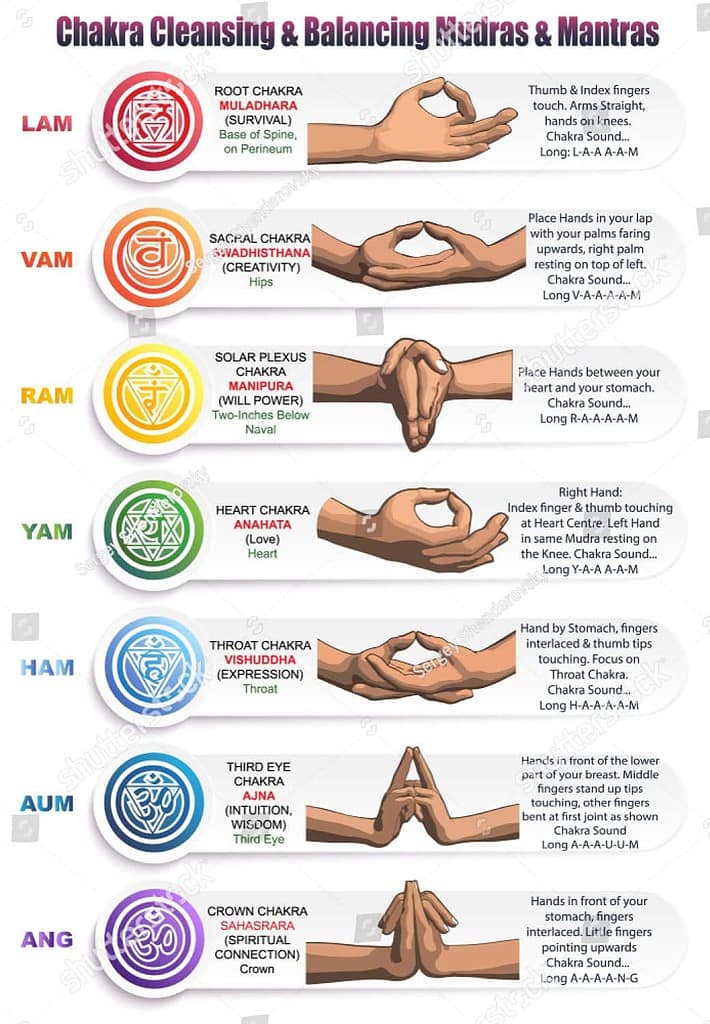
By using mantras (sounds), pranayama, kriya positions and mudras (hand positions) simultaneously, you are working, in the most effective way, towards your spiritual entitlement, as well as toward a blissful life on a daily basis.
FAQ
Is it dangerous to awaken Kundalini?
No, it is not inherently dangerous to awaken Kundalini. However, in pursuing this path, one should do well to do thorough research on possible choices of guru and/or yoga teacher, as well as prepare oneself with patience and a lesser ego.
What happens when you reach Kundalini?
When you reach Kundalini, you experience both a physical and spiritual awakening and enlightenment. The physical part might be much lesser compared to the spiritual, as you undergo severe physical preparations for enlightenment through dedicated Kundalini yoga practice.
Spiritual enlightenment can be recognized as much more effective as the person is not familiar with the mental and spiritual symptoms before reaching the state of Kundalini.
Why is Kundalini yoga so powerful?
Because it deployed many sub-branches in its practice; mantras, pranayama, kriya, mudras and ascetic discipline, to state a few. Kundalini yoga transforms your life from the molecular level until you reach the (entire) shift in consciousness.
What are the negative sides of Kundalini’s awakening?
The negative sides can be that you often experience tinnitus (ringing in your ears), not being able to do the things you’ve once done on regular basis (like smoking, drinking, and other forms of self-poisoning), staying familiar and/or close with people who’re not promoting self-care, positive growth and evolution, receiving odd stares and judgment from people who don’t know or understand what are you about (or know nothing about the life path of yoga), and not being able to suffer negative things you once did.
What does Kundalini do to the body?
It makes the body more flexible, grounded and lighter. Your eating habits will most likely change, and you will find that you desire more hydration than nourishment, as well as avoiding hard-to-digest and processed foods.
The molecular structure of your body becomes lighter and more attuned to light particles, so you might find that you’re able to feed on prana as well as sungazing rather than actual food.
Can Kundalini yoga change your life?
It definitely can and for the better. But you have to be dedicated and disciplined in its practice.
What do you feel when Kundalini awakens?
Some of the symptoms are broadening of the mind, understanding, increased empathy and kindness, lack of judgment, inner peace, joy for being alive, state of bliss/happiness, communication with plants and animals, deeper breathing habits, lack of wrath, lack of hunger, increased libido.

 Koichiko
Koichiko 







